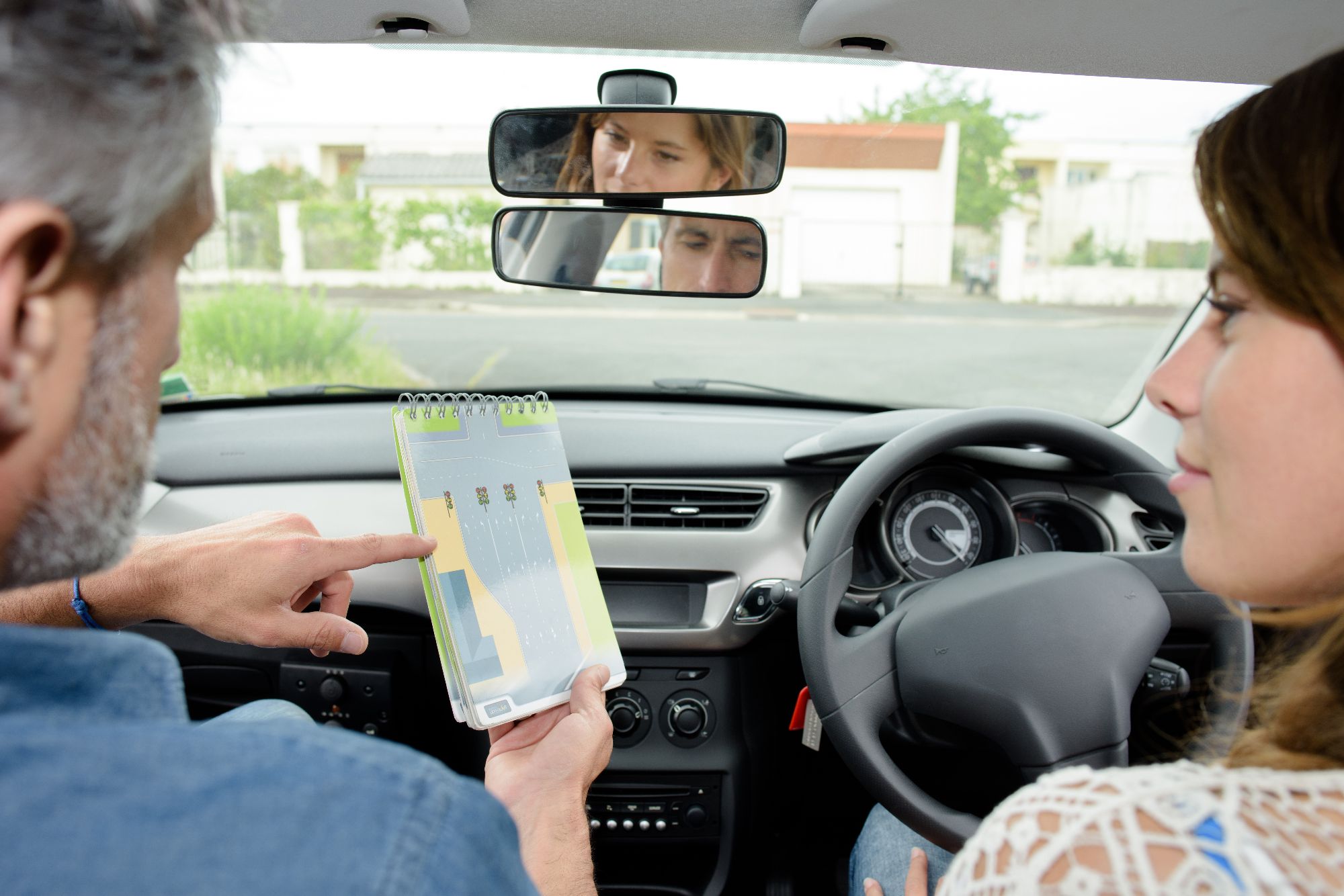ADI Part 3 Fault Analysis using K.U.S.C.
What is KUSC for fault analysis?
KUSC stands for Knowledge, Understanding, Skills, and Confidence—four essential stages every learner must pass through to become a safe, independent driver. First, they need the Knowledge of what to do and why it matters. Then comes Understanding—grasping how it applies in real driving situations. Skills develop as they put that understanding into practice, and finally, with support and repetition, they gain Confidence to drive safely without prompting. As an ADI, guiding your pupils through each KUSC stage shows structured, client-centred teaching—exactly what the DVSA looks for in a top-grade lesson.
KUSC - Knowledge
Knowledge
This is where learning begins. Knowledge means your pupil knows what the skill is, how it works, and what it’s for. It could be as simple as explaining what a blind spot is or describing how to approach a roundabout. It’s factual and instructional—giving them the information they need to get started. At this stage, you’re explaining clearly and checking they can recall what’s been taught.
KUSC - Understanding
Understanding
Understanding takes things deeper. It’s not just about what to do—it’s about why. A pupil might know how to signal, but do they understand when and why it’s necessary in different traffic situations?
This is where you check their reasoning, ask questions, and use examples to confirm that they truly grasp the concept behind the skill. Understanding builds judgement—and that’s what makes a safe driver.

KUSC - Skills
Skills
Now it’s time to turn theory into action. This stage is all about doing. Your pupil needs to physically carry out the skill with increasing accuracy and consistency—whether it's smooth clutch control, correct use of mirrors, or safe gap judgement at junctions.
You’re observing closely, giving feedback, and helping them develop through practice. Skills grow over time, and this is where your coaching techniques really matter.
KUSC - Confidence
Confidence
The final piece of the puzzle. Confidence means your pupil can perform the skill independently, without hesitation or heavy prompting. They’re calm, consistent, and ready to use the skill in a variety of real-world situations. It doesn’t mean they’re perfect—but they trust in their own ability and show readiness for driving alone.
As an instructor, you’ll spot confidence when your pupil is making safe decisions on their own—and that’s the true sign of progress.


KUSC - Where learning Starts
Let’s be clear: Part 3 isn’t about showing off your driving knowledge—it’s about bringing the best out of your pupil.
The DVSA has made it crystal clear: they want to see learning taking place. KUSC is the fastest, clearest way to prove that learning is happening.
It’s traditional in its values—structured, clear, and focused on progress—but modern in its delivery. If you want to future-proof your teaching and give yourself the best chance of a first-time pass, mastering KUSC is non-negotiable.

